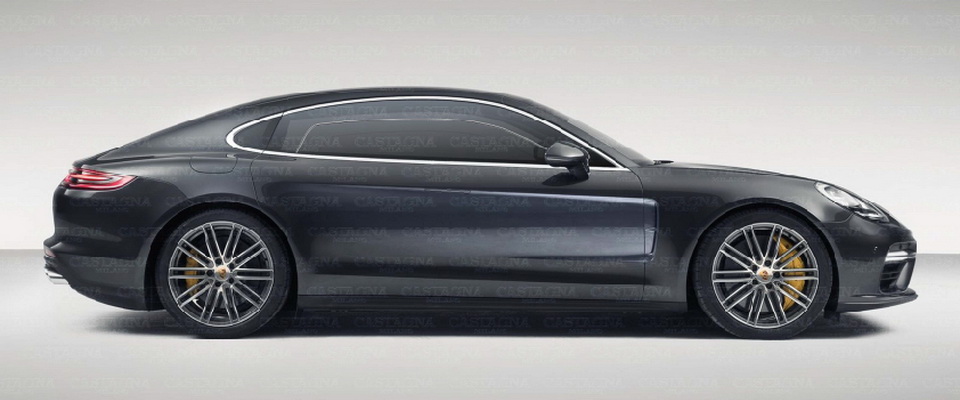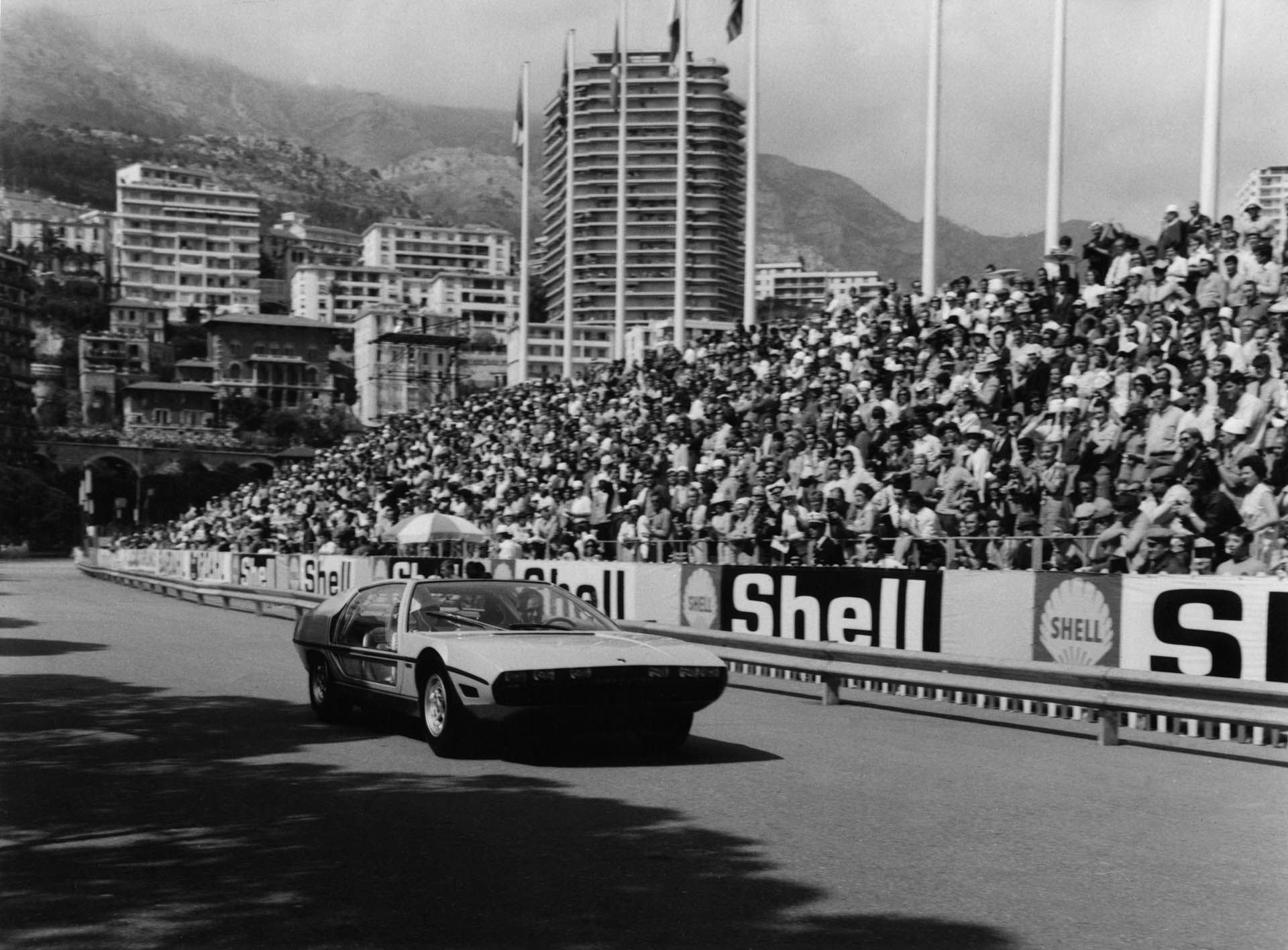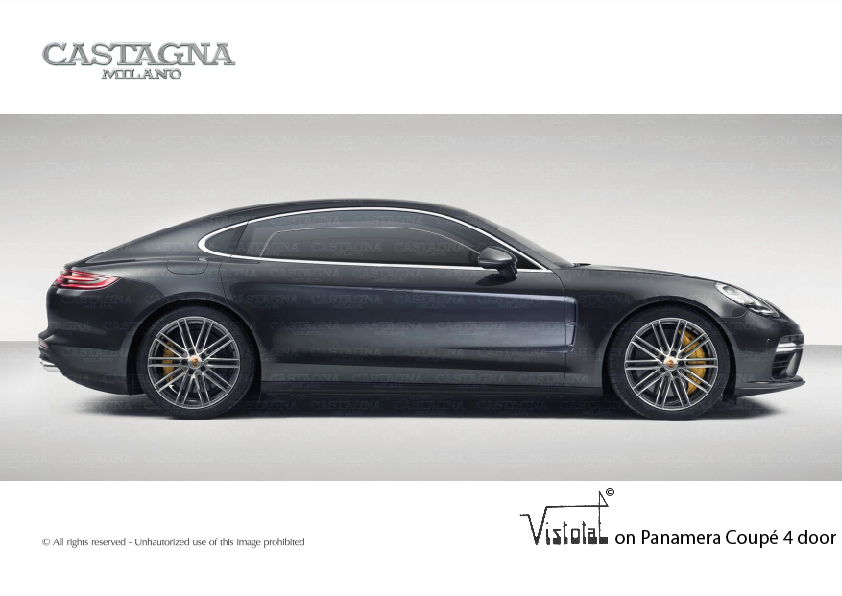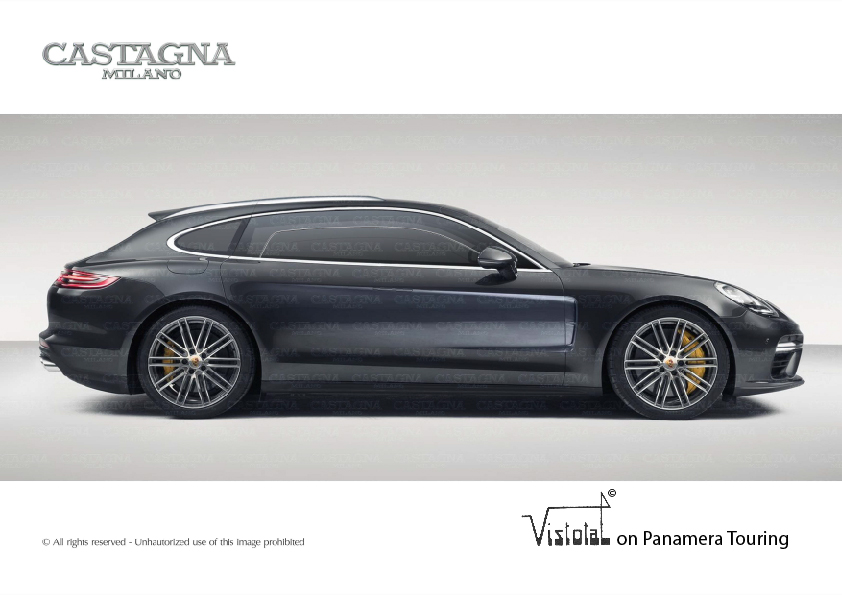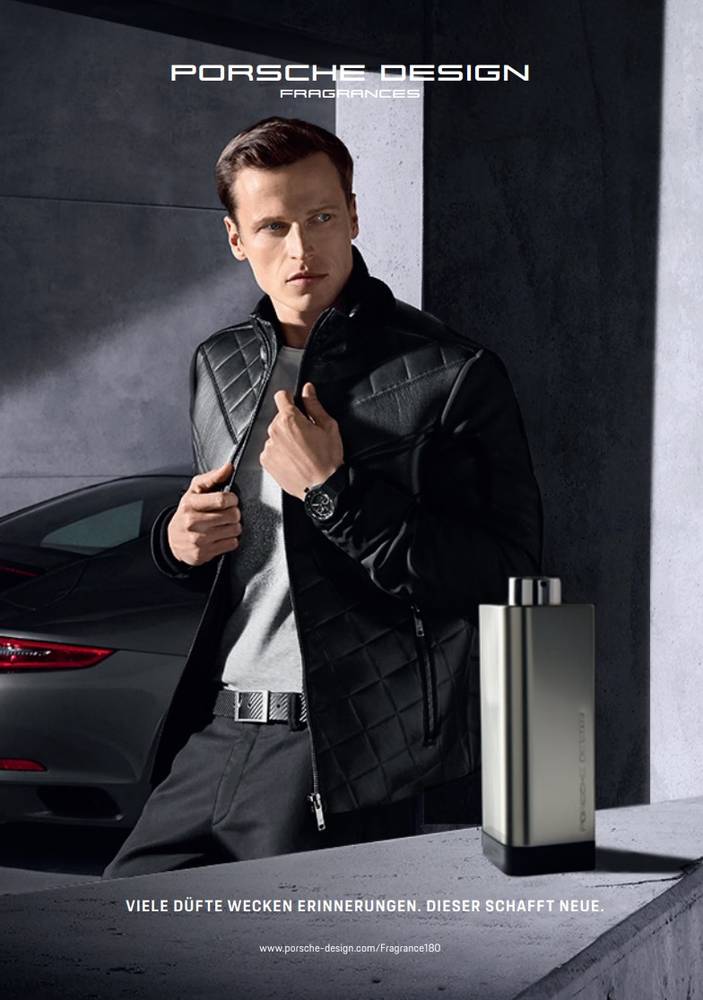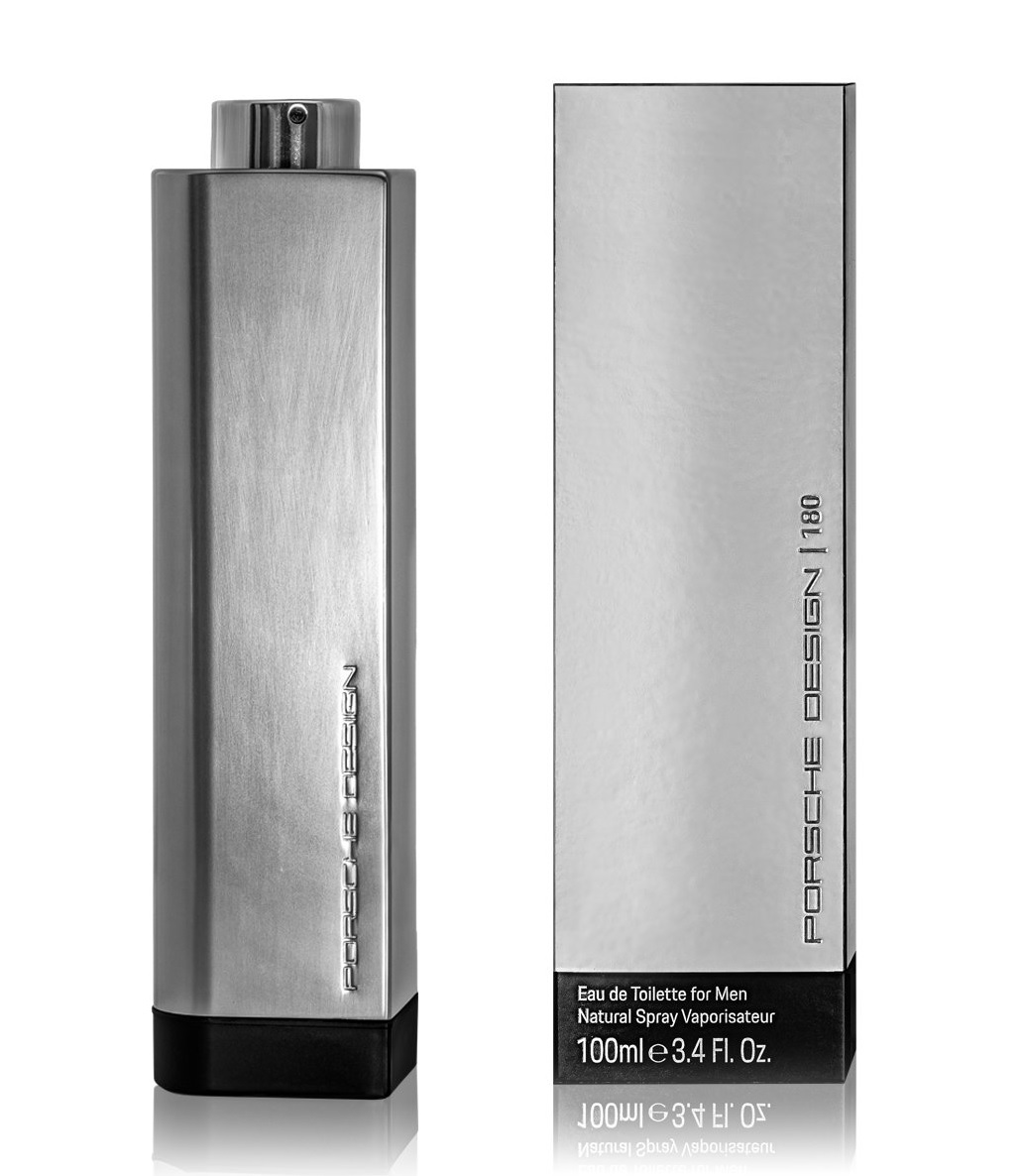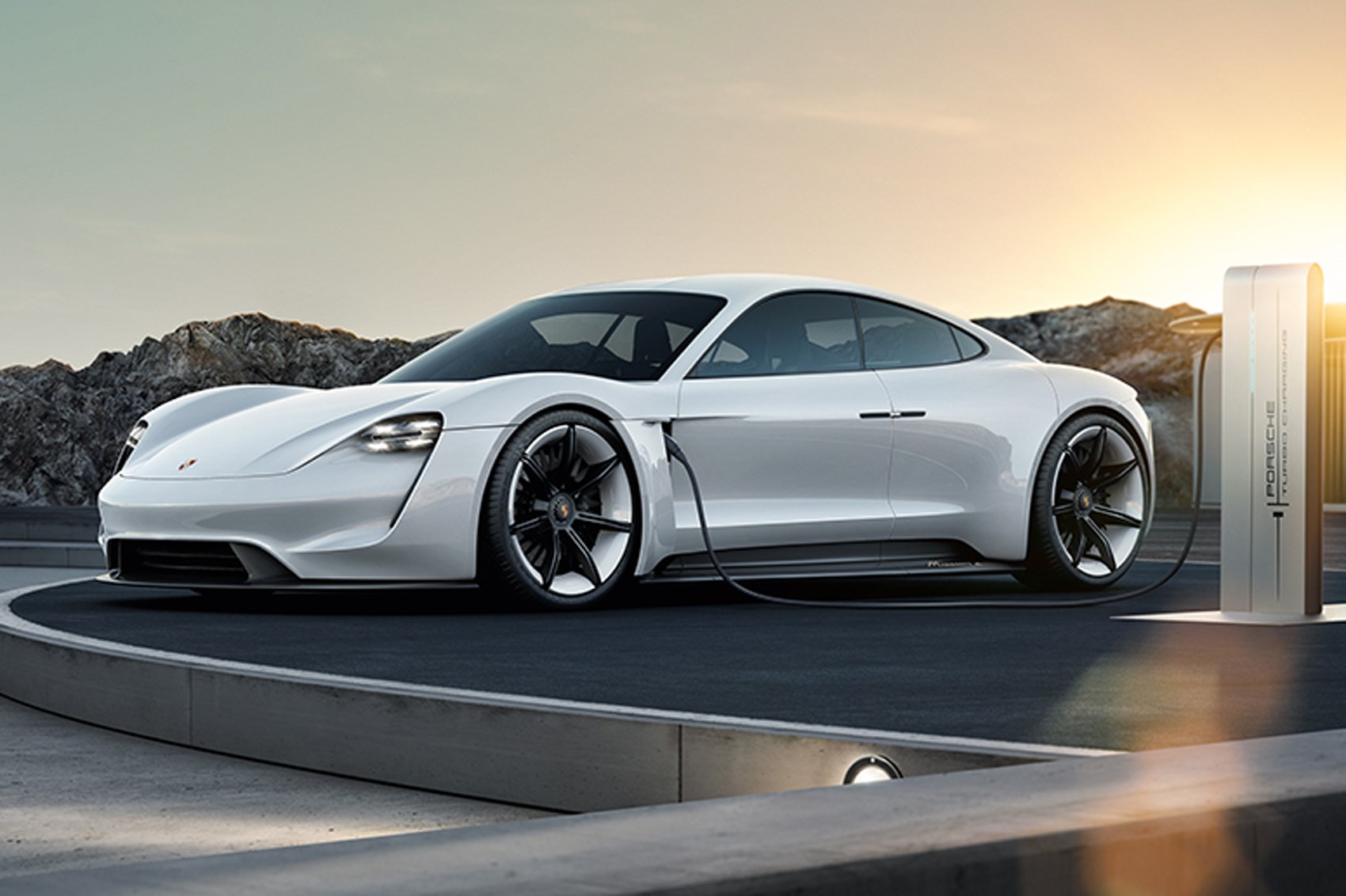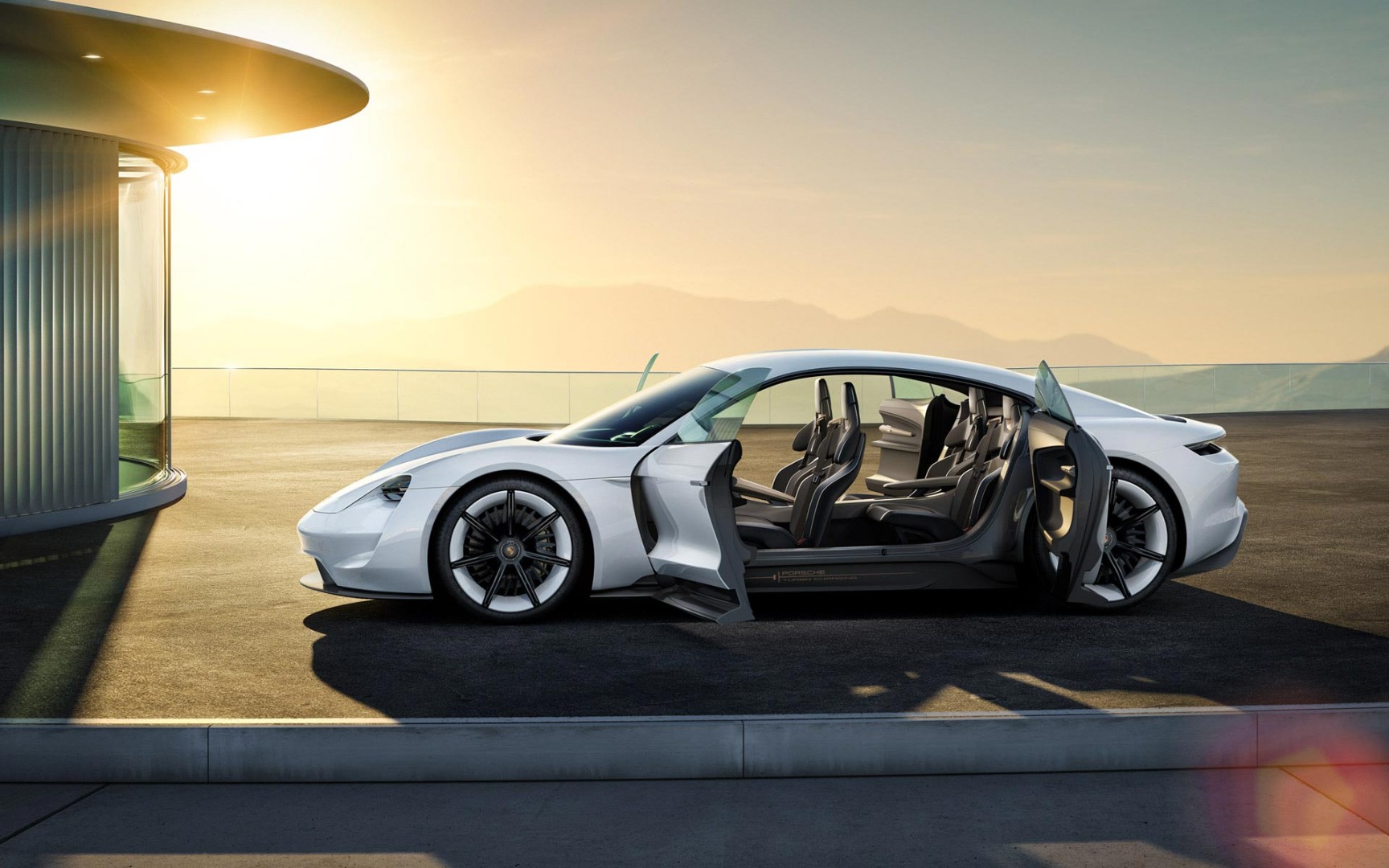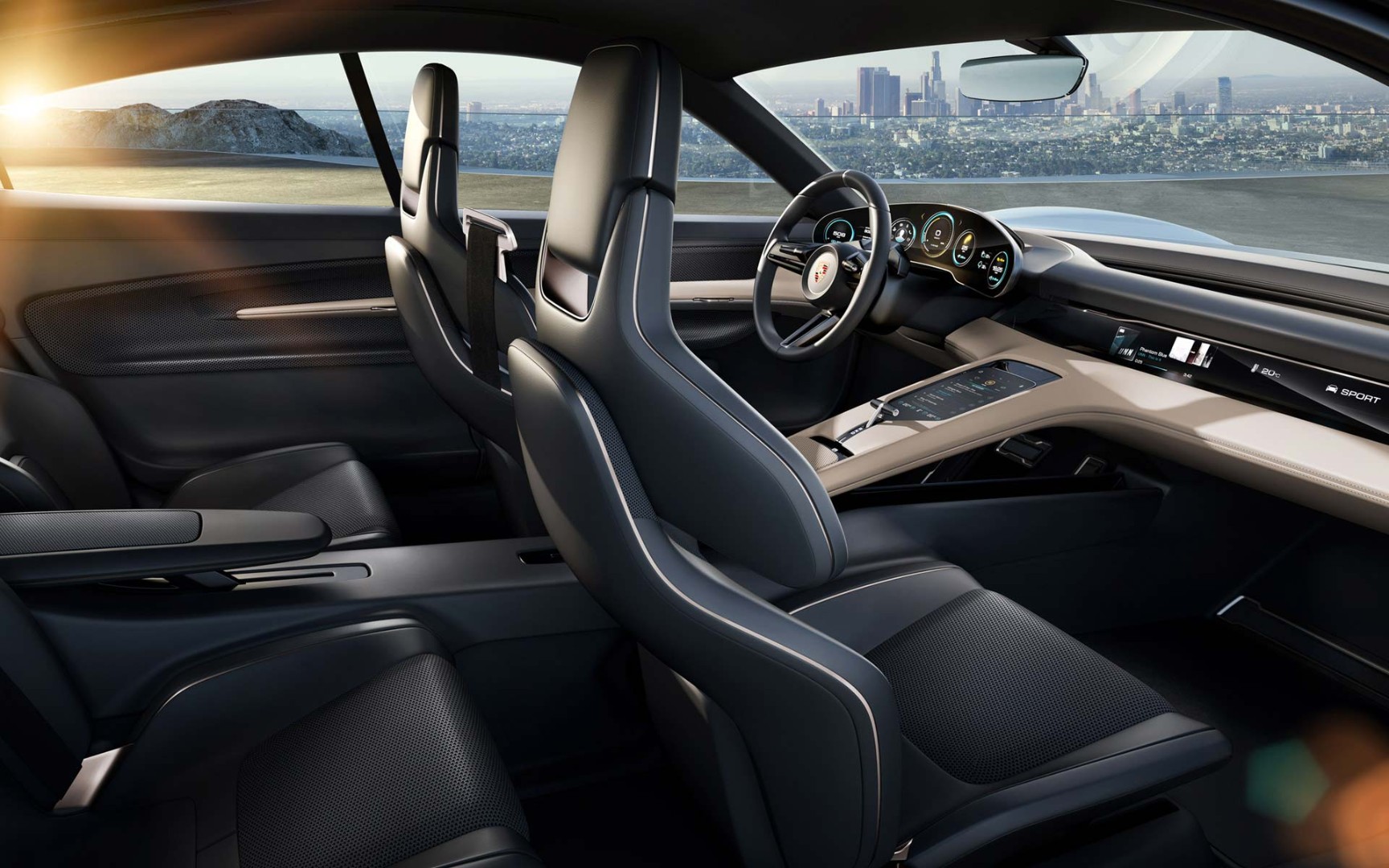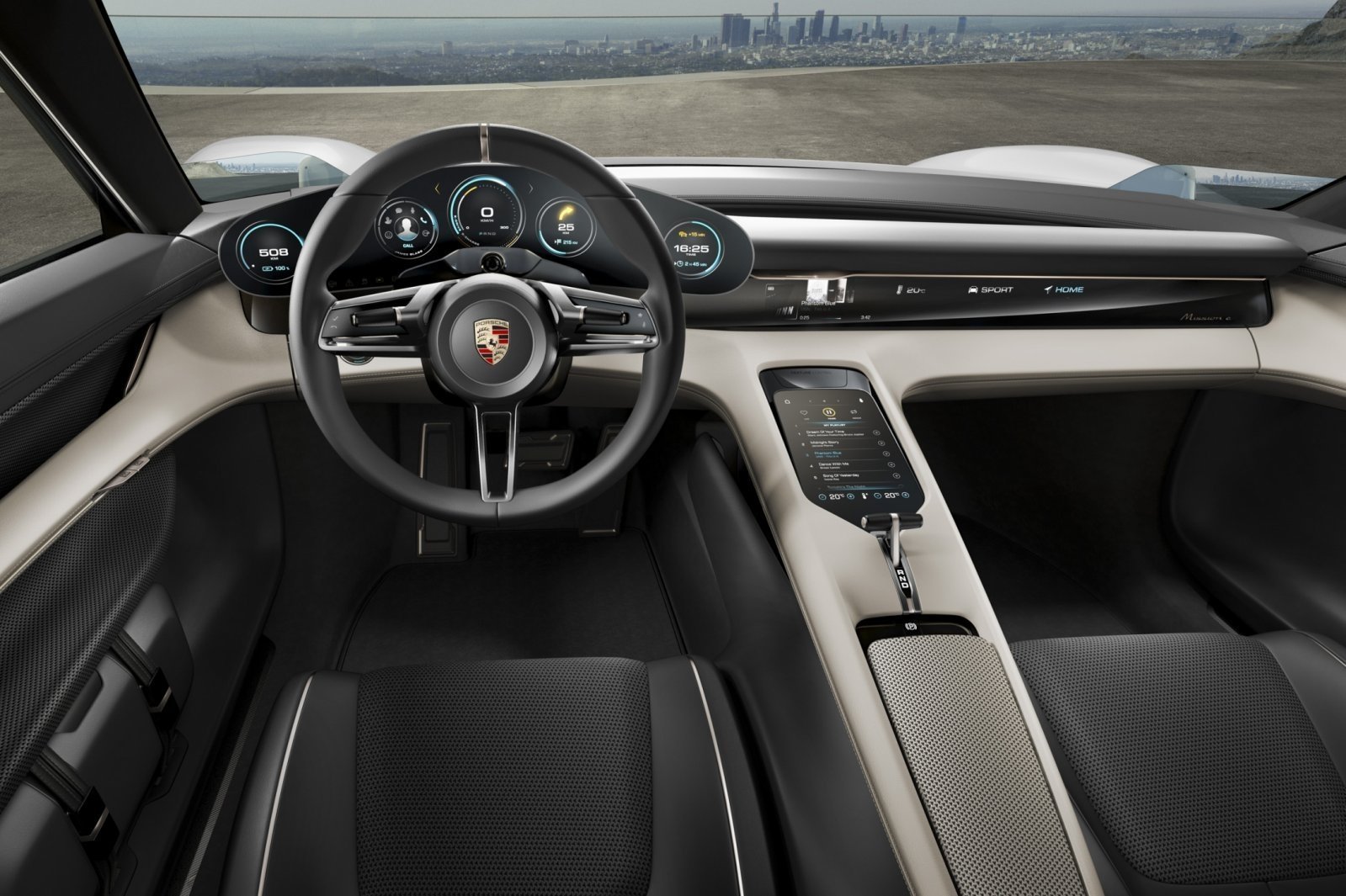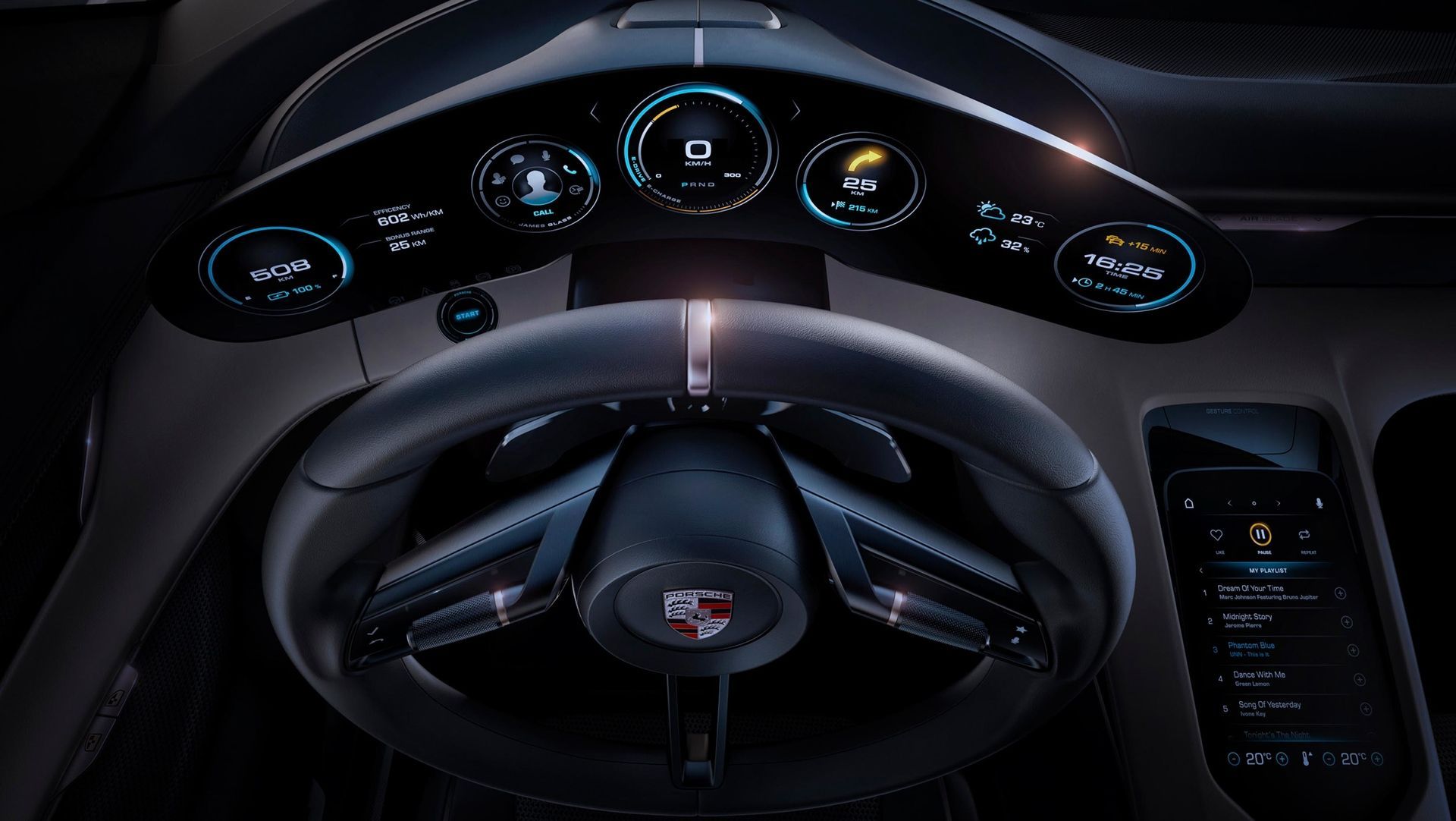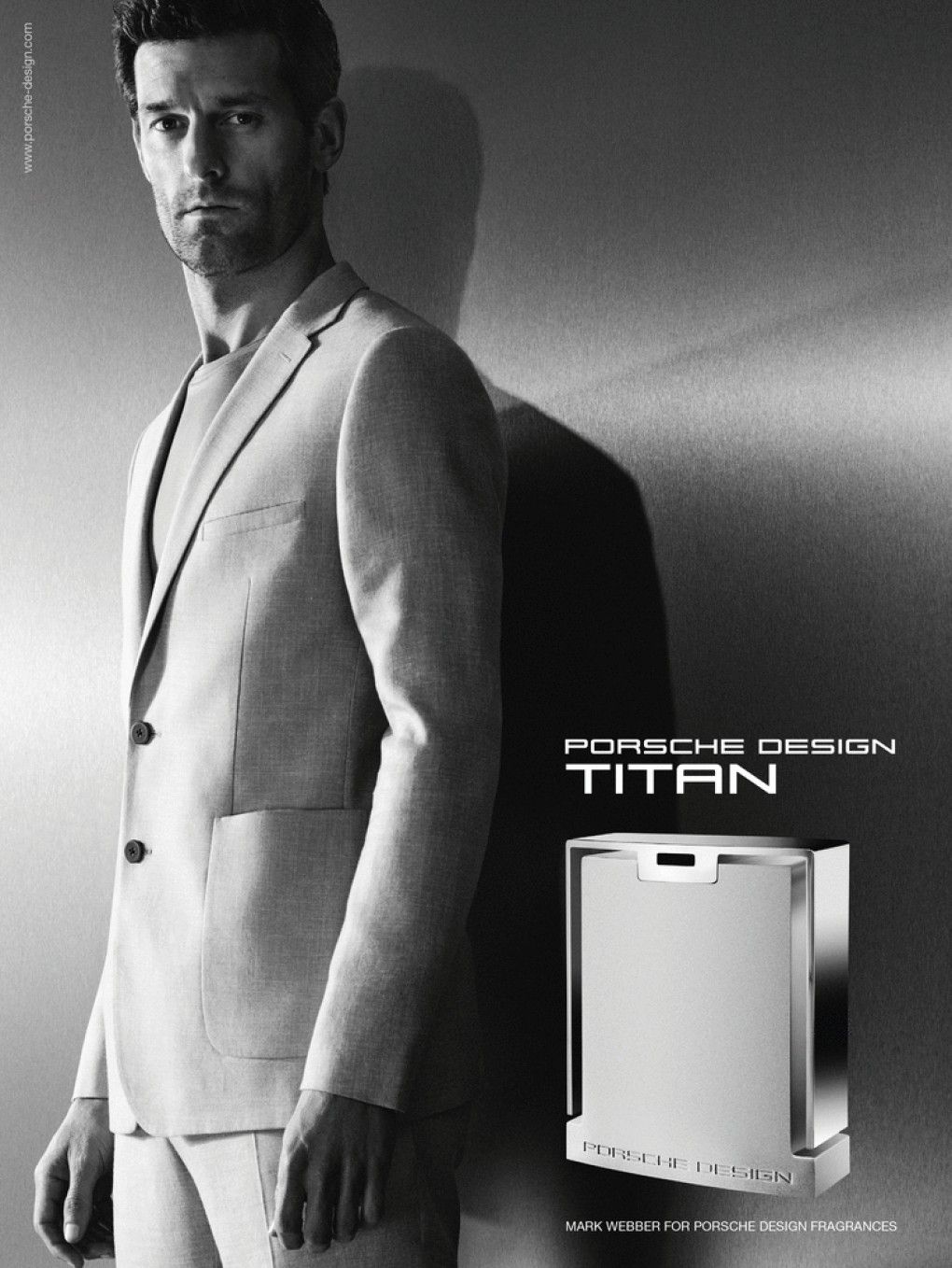
German carmaker Porsche continues to add expand its high-performance and race-ready concepts. Porsche has officially launched the road-legal high performing race-ready sports car, the new 911 GT3 RS.
With 518 horsepower and top aerodynamic elements, the 2023 road-legal racer has proved to be a force to be reckoned with, redefining the meaning of power amongst its turbocharged competition. By manipulating the airflow outside of the engine, engineers have created a more aggressive aerodynamic 911 GT3 RS that adjusts performance based on how efficiently the body moves through the environment around it.
The road-legal high-performance sports car takes full advantage of technology and concepts from motorsport (911 GT3 RS: Fuel consumption* combined (WLTP) 13.4 l/100 km, CO₂ emissions* combined (WLTP) 305 g/km, Fuel consumption* combined (NEDC) 12.7 l/100 km, CO₂ emissions* combined (NEDC) 289 g/km). Even beyond the high-revving naturally aspirated engine with racing DNA and intelligent lightweight construction, it is, above all, the cooling and aerodynamic systems of the 911 GT3 RS that connect it most directly with its motorsport brother, the 911 GT3 R.
Central-radiator concept inspired by motorsport – the foundation for active aerodynamics

The basis for a significant performance boost is the concept of a central radiator – an idea that was first used in the Le Mans class-winning 911 RSR and subsequently in the 911 GT3 R. Instead of the three-radiator layout seen in previous cars, the new 911 GT3 RS relies on a large, angled centre radiator in the car’s nose, positioned where the luggage compartment is located on other 911 models. This has made it possible to use the space freed up on the sides to integrate active aerodynamic elements.
Continuously adjustable wing elements in the front and on the two-part rear wing, in combination with a number of other aerodynamic measures, provide 409 kg of total downforce at 200 km/h. This means that the new 911 GT3 RS generates twice as much downforce as its 991.2-generation predecessor and three times as much as a current 911 GT3. At 285 km/h, total downforce is 860 kg.

A drag reduction system (DRS) is fitted in a production Porsche for the first time. To achieve low drag and higher speeds on straight sections of the track, the DRS allows the wings to be flattened out at the push of a button, within a specific operating range. The airbrake function is activated during emergency braking at high speeds: the wing elements at the front and rear are set to maximum, creating an aerodynamic deceleration effect that significantly supports the wheel brakes.
The look of the new 911 GT3 RS is characterised by the large number of functional aerodynamic elements. The most prominent feature of the GT sports car is the swan-neck-supported rear wing, which is significantly larger in all dimensions. The rear wing consists of a fixed main wing and an upper, hydraulically adjustable wing element.

For the first time on a Porsche production vehicle, the upper edge of the rear wing is higher than the car’s roof. In addition, the front end of the 911 GT3 RS no longer has a front spoiler, but instead features a front splitter that divides the air flowing over and underneath. Sideblades accurately direct air outwards. Front wheel arch ventilation is provided via louvred openings in the front wings.
Inlets behind the front wheels, in the style of the iconic Le Mans-winning 911 GT1, reduce the dynamic pressure in the wheel arches. Sideblades behind the intake ensure that the air is directed to the side of the vehicle. Air from the centrally positioned radiator flows out via large nostrils on the front lid. Fins on the roof direct the air outwards, ensuring cooler intake temperatures in the rear.

In the new 911 GT3 RS, the openings in the rear side panel are used exclusively to improve aerodynamics and not to draw in process air. The rear wheel arch also features an intake and a sideblade for optimised airflow. The rear diffuser comes from the 911 GT3 and has been slightly adapted.
Track suspension that can be adjusted from the cockpit

Even the suspension comes in for aerodynamic attention. Because the wheel arches of the new 911 GT3 RS are subject to powerful airflows, the components of the double-wishbone front axle are designed with teardrop-shaped profiles. These aerodynamically efficient links increase downforce on the front axle by around 40 kg at top speed and are otherwise only used in high-end motorsport applications. Because of the wider track (29 millimetres wider than the 911 GT3), the double-wishbone front axle links are also correspondingly longer.
To ensure that the downforce balance between the front and rear axles is maintained even when braking from high speeds, the suspension engineers have significantly reduced pitching under braking. On the new 911 GT3 RS, the front ball joint of the lower trailing arm has been set lower on the front axle. The multi-link rear axle has also been adjusted, with modified spring rates. The driver assistance systems and rear-axle steering also have an even more dynamic set-up here.

The 911 GT3 RS offers three driving modes: Normal, Sport and Track. In Track mode, the basic settings can be individually adjusted. Among other settings, the rebound and compression damping of the front and rear axles can be adjusted separately and in several stages. The rear differential can also be adjusted via rotary controls on the steering wheel. This is done quickly and intuitively with an operating and display concept also borrowed from motorsport.
Four individual rotary controls and a button for the Drag Reduction System (DRS) are located on the steering wheel. These rotary controls are clearly displayed via graphics in the instrument cluster during the adjustment process. The 911 GT3 RS also features the track screen already familiar from the 911 GT3. At the touch of a button, the driver can reduce the digital displays on the two seven-inch side displays to essential information only. The gearshift indicators to the left and right of the analogue tachometer have also been taken from the GT3.
High-revving four liter six-cylinder boxer engine

The 4.0-litre high-revving naturally aspirated engine has been further optimised compared with the 911 GT3. The increase in power to 386 kW (525 PS) is achieved primarily via new camshafts with modified cam profiles. The single-throttle intake system and the rigid valve drive are derived from motorsport.
The seven-speed Porsche Doppelkupplung (PDK) has a shorter overall gear ratio than the 911 GT3. Air intakes on the underbody ensure that the transmission can withstand even extreme loads during frequent use on track. The 911 GT3 RS accelerates from zero to 100 km/h in 3.2 seconds and reaches a top speed of 296 km/h in seventh gear.

Aluminium monobloc fixed-calliper brakes with six pistons each and brake discs with a diameter of 408 mm are used on the front axle. Compared with the 911 GT3, the piston diameters have been increased from 30 to 32 mm. In addition, the thickness of the discs has been increased from 34 to 36 mm. The rear axle continues to be fitted with 380-mm brake discs and four-piston fixed-calliper brakes.
The optionally available Porsche Ceramic Composite Brake (PCCB) has 410-mm discs on the front axle and 390-mm discs on the rear axle. The new 911 GT3 RS comes standard with forged light-alloy centre-lock wheels. Road-legal sports tyres measuring 275/35 R 20 at the front and 335/30 R21 at the rear ensure a high level of mechanical grip.
Lightweight construction all the way

Intelligent lightweight construction has been a basic principle of all RS models ever since the legendary 911 Carrera RS 2.7. Thanks to an array of lightweight construction measures such as the extensive use of CFRP, the 911 GT3 RS weighs in at only 1,450 kg (kerb weight according to DIN) despite many larger components. The doors, front wings, roof and front lid, for example, are made from CFRP. Lightweight CFRP is also used in the interior, for example in the standard full bucket seats.
Available with Clubsport and Weissach packages

When it comes to its interior, the new GT sports car is finished in typical RS style: black leather, Racetex and carbon-weave finish characterise the purist, sporting ambience. The 911 GT3 RS is available with the Clubsport package at no extra cost. This includes a steel rollover bar, a hand-held fire extinguisher and six-point seat belts for the driver.
Intelligent lightweight construction has been a basic principle of all RS models ever since the legendary 911 Carrera RS 2.7. Thanks to an array of lightweight construction measures such as the extensive use of CFRP, the 911 GT3 RS weighs in at only 1,450 kg (kerb weight according to DIN) despite many larger components. The doors, front wings, roof and front lid, for example, are made from CFRP. Lightweight CFRP is also used in the interior, for example in the standard full bucket seats.
Available with Clubsport and Weissach packages

The Weissach package, which is available at extra cost, involves considerably more. The front lid, roof, parts of the rear wing and the upper shell of the exterior mirrors feature a carbon-weave finish. The front and rear anti-roll bars, the rear coupling rods and the shear panel on the rear axle are made of CFRP and contribute to a further enhancement of the driving dynamics. The rollover bar, constructed for the first time from CFRP, saves around six kilograms compared with the steel version.
Another highlight of the Weissach package is the PDK shift paddles with motorsport-derived magnet technology. This makes gear changes even more dynamic thanks to a more precise pressure point and a clearly perceptible click. Optionally available with the Weissach package are magnesium forged wheels, which save another eight kilograms.
Exclusive Porsche Design Chronograph 911 GT3 RS

Inspired by the motorsport mindset – where maximum precision is paramount – Porsche’s own watchmaking operation in Solothurn, Switzerland, has developed the 911 GT3 RS chronograph. This mechanical watch is reserved for owners of the car. It is based on a glass-bead blasted case, made from either natural or black titanium, and with a screw-down crown. Inside the watch is the mechanical Porsche Design chronograph calibre WERK 01.200, which has been COSC-certified for its high accuracy.
Its flyback function allows the wearer to start, stop and reset the second hand with a single action. The chronograph pushers, which feature ‘Start/Stop’ and ‘Next Lap’ laser engravings, reveal that this chronograph is not just about telling the time. In addition to innovations, such as the pulsometer scale on the bezel, many design features and materials from the GT3 RS are also found.
The new 911 GT3 RS is now available for order and starts at €229,517 (Germany) or approximately $233,525 USD. For more information on the specs of the new road-ready racer, come into the beautiful world of Porsche.
























